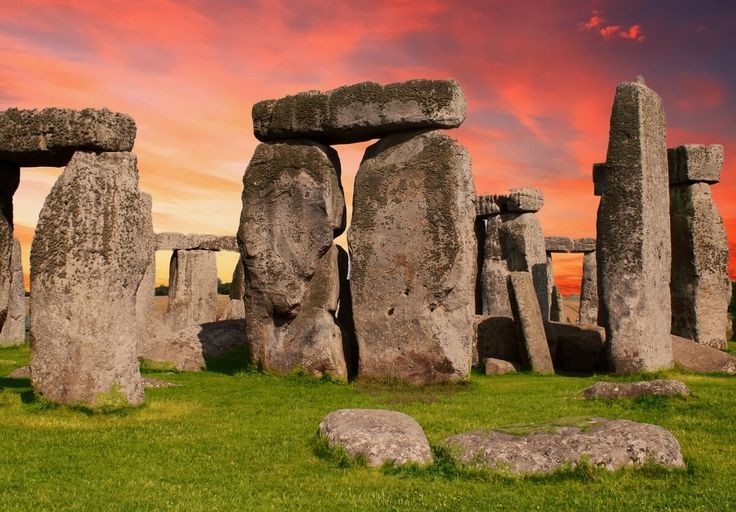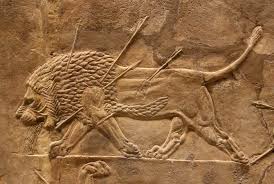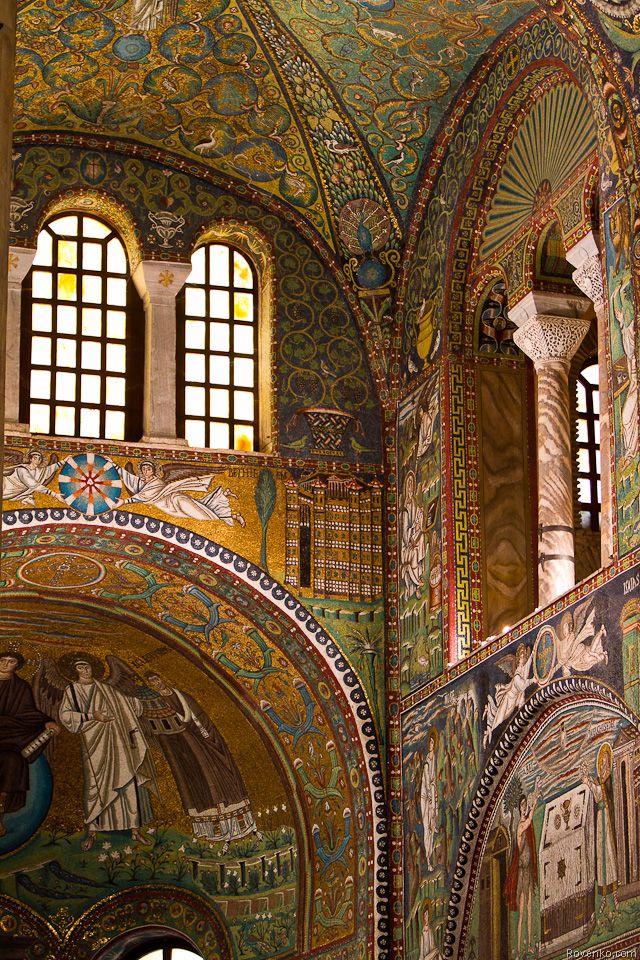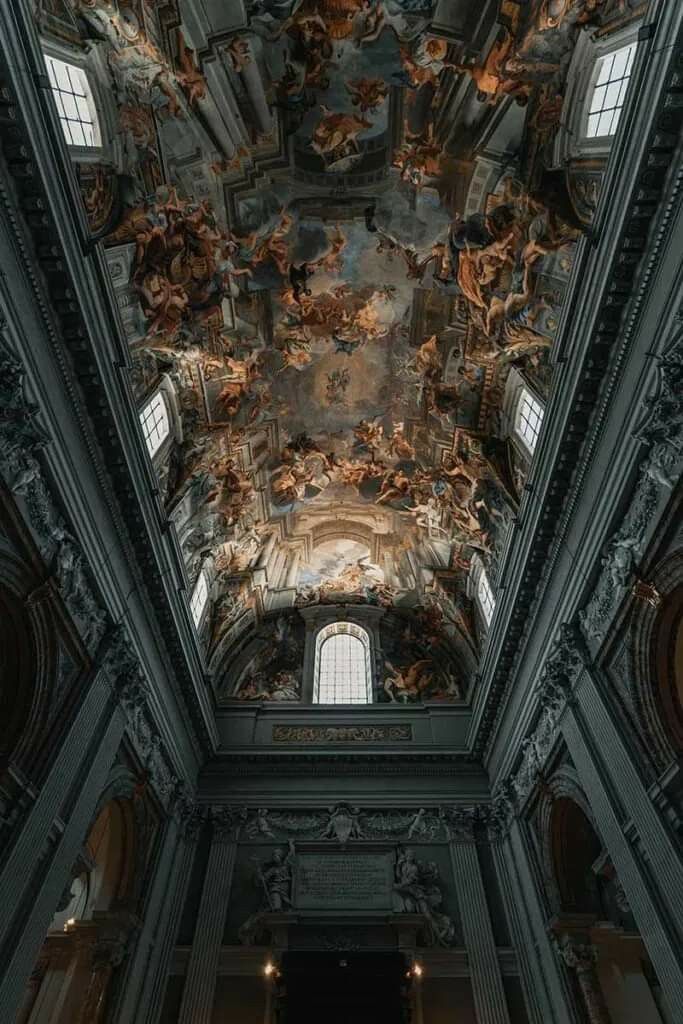The history of art is not just all about creations, but a journey that tells the story of our evolving cultures, values, and visions. Art has always been a part of human life for thousands of years, from simple drawings in caves to famous paintings and sculpture, people have used art to tell stories, share ideas, and show their feelings. Each time history has its own style, and by looking at art, we can learn about the people and their lives. Let’s take a journey through the history of art and see how it all started.
key moments in art history:
ORIGIN OF ART
The earliest evidence of art is cave paintings that date back around 45,000 years. These paintings have been found in many places around the world, including Europe, Africa, Asia, Indonesia, France, India, Spain, Southern Africa, and China.
PREHISTORIC ART(BEFORE 3000 BCE):
Prehistoric art is the art that was made by humans a long time ago, before they developed writing. It includes cave paintings, carvings, and sculpture made thousands of years ago.
Materials used by prehistoric humans to make arts were rocks, bones, and ,paint made of natural stuff, animal fat, and clay. This materials were used in Cave Paintings which includes pictures of animals mostly like bison and horses. Carvings were also made by them in which they carved images and symbols on rocks or bones. Figurines is one type of small sculpture of human or animals which were made by humans in old times.
PREHISTORIC ART TIMELINE:
1.Paleolithic Era: 2.5 million years ago until 12,000 years ago.
Paleolithic art is the earliest from of art created by Homo sapiens. This era spans approximately from 2.6 millions years to around 12,000 years ago. This paleolithic period was known as “Old Stone Age“, because in this age humans get to know that stones can be used for many things. Humans used stone for carving, engraving, and for generating fire. Humans did cave paintings and carvings.


2.Mesolithic Era: 12,000 years ago until 10,000 years ago.
Mesolithic period was also known as “Middle Stone Age“, spanning from around 12,000 years to 10,000 years ago. this was a period when humans turned into hunter-gatherers who used to move from one place to another in search of livelihood. In this period of time humans used stones, bones, alter, shells, etc. to make rock art, jewelry, sculptures, pottery, and weaving. The rock art ,cave paintings and engraving were used for communications, storytelling or religious rituals.


3.Neolithic Era: 10.000 years ago until 4.500 years ago.
Neolithic or “New Stone Age” was a period spanning around 10,000 years to 4,500 years ago. In this age humans began farming, had proper settlement and used to domesticate animals. Humans made megaliths, statues, pottery and many other things. Materials they used were stone, clay, bones, antlers, pigments and plasters.


ANCIENT ART(3000 BCE-500 CE):
- Egyptian Art (3100 BCE-30 BCE)= The art style often represent their cultural belief and value. The material that was used in making architectures, sculpture, paintings, and carving were stones, clay, wood, metal, paints, papyrus etc.
- Mesopotamian Art (3500 BCE-331 BCE)= These art was made to represent political and religious themes, social, functional purposes. Clay, stones, wood, metals, and shell were the materials that were used to make these art.
- Greek Art (1100 BCE-146 BCE)= These art was made for religious, culture and philosophical ideas. Materials used for making sculptures, jewelry, paintings, architecture and pottery were wood, clay, marble, bronze, gold, silver, ivory and natural pigments.
- Roman Art (500 BCE-476 BCE)= Roman art was influenced by Greek art but it reflected realism, cultural diversity, and religious belief. Pottery, sculptures, paintings, public monuments, mosaics and many more were made by romans with the use of marble, limestones, concrete, bronze, gold, and pigments.




MEDIEVAL ART(500-1400):
- Byzantine Art(330-1453)=Byzantine art (c. 4th-15th centuries) was the Byzantine Empire’s artistic style that included Greco-Roman, Christian, and Eastern elements. It is famous for its religious mosaics, gold backdrops, elongated figures, and symbolic symbolism. Frescoes, illuminated manuscripts, and ivory carvings were common mediums. The art was intended to inspire devotion rather than reality, with an emphasis on spiritual transcendence. Iconoclasm (8th-9th century) momentarily interrupted its production, but it later flourished, influencing Orthodox Christian art for decades.
- Romanesque Art(1000-1200)= Romanesque art (c. 10th-12th century) was a medieval European artistic movement influenced by Roman, Byzantine, and local traditions. Architecture, particularly in churches and monasteries, features robust walls, rounded arches, solid pillars, and barrel vaults. The key features include:
- Frescoes and murals with strong outlines and religious themes.
- Biblical scenes are depicted in sculpture reliefs on church façade.
- Manuscripts that have been illuminated in brilliant colors and stylized figures. Romanesque art was intended to educate and inspire religion, laying the way for the subsequent
- Gothic Art(1100-1400)=Gothic art, which evolved from Romanesque art, emerged in Europe during the 12th and 16th centuries. It is admired for its height, light, and delicate details, particularly in architecture, sculpture, and stained glass.
It’s key features are:
- Architecture: Tall cathedrals with pointed arches, ribbed vaults, flying buttresses, and huge stained-glass windows, such as Notre-Dame de Paris.
- Sculpture: More lifelike and expressive figures, which are frequently found on church façade.
- Stained Glass: Vibrant narrative through colored glass that allows divine light into churches.
- Painting: Include detailed illuminated manuscripts and religious panel paintings with growing realism.


RENAISSANCE(1400-1600):
Renaissance art (14th-17th centuries) saw a rebirth of classical Greco-Roman concepts, with a focus on realism, perspective, and humanism. It originated in Italy and spread throughout Europe, influencing painting, sculpture, and architecture.
- Early Renaissance(1400-1490)= The Early Renaissance began in Florence, Italy, with emphasis on humanism, realism, and perspective, as well as the revival of old Greco-Roman ideals. It represented a transition from medieval styles to more lifelike and harmonious compositions.
- High Renaissance(1490-1527)= The High Renaissance was the pinnacle of Renaissance art, mainly in Italy, and was distinguished by idealized beauty, harmonious composition, and expert perspective. Artists created perfect balance between realism and classical ideals, pushing artistic approaches to their peak.
- Northern Renaissance(15th-16th century)= The Northern Renaissance originated in Flanders, Germany, and the Netherlands, and differed from the Italian Renaissance in that it emphasized minute details, realism, and symbolism over classical ideals. Artists perfected oil painting by developing rich textures, precise realism, and vivid colors.


MANNERISM(1520-1600):
Mannerism arose in Italy in response to the High Renaissance’s perfection, emphasizing artificiality, extended shapes, and complicated compositions. It attempted to question traditional balance and harmony by incorporating exaggerated stances, brilliant colors, and emotional intensity.
Key features include:
- Elongated Figures: These are characterized by distorted proportions and odd stances.
- Complex Compositions: Tight, asymmetrical arrangements with dramatic movement.
- Unusual Colors: To create an emotional effect, use bold, unusual hues.
- Artificiality against Naturalism: Art that appeared sophisticated and cerebral rather than naturalistic.
- Emotional and dramatic themes are frequently represented, including tension, uncertainty, and exaggerated movements.
Mannerism served as a bridge between the Renaissance and the Baroque periods, stimulating dramatic expression and theatricality in subsequent art movements.


BAROQUE(1600-1700):
Baroque art, known for its dramatic movement, stark contrasts, and emotional intensity, originated in Italy and extended throughout Europe. It was significantly influenced by the Catholic Church’s Counter-Reformation, which sought to instill awe and devotion with massive, theatrical compositions.
Key characteristics:
- Dramatic light and shadow (Chiaroscuro and Tenebrism): Caravaggio pioneered extreme contrasts.
- Dynamic Movement: Moving figures, whirling draperies, and exaggerated attitudes.
- Rich, Vivid Colors: Deep, vivid hues that create visual impact.
- Ornate Detail and Grandeur: Extremely ornamental, as seen in architecture and sculpture.
- Emotional Expression: Strong facial expressions and motions conveying intense emotion.
Baroque art ultimately gave way to the Rococo style (early 18th century), which was lighter and more decorative, with an emphasis on elegance and whimsical themes.

ROCOCO(1720-1780):
Rococo art originated in France as a lighter, more colorful progression of Baroque art. It emphasized elegance, fun, and intricate detail, frequently reflecting the aristocracy’s lavish lifestyles. Rococo, in contrast to Baroque’s dramatic intensity, emphasized grace, romance, and leisure with soft, pastel colors and ornate elaboration.
Key features:
- Colors that are soft and pastel include pinks, blues, and gold.
- Themes are playful and lighthearted, with scenes of love, mythology, and aristocratic leisure.
- Curved, flowing lines form decorative, asymmetrical compositions.
- Interiors, furniture, and artworks are all decorated with lavish detail.
- Sensual and dreamlike atmosphere: A concentration on pleasure, beauty, and fantasy.
In the late 18th century, Neoclassicism took over from Rococo as people wanted a return to simplicity and classical principles.

NEOCLASSICISM(1750-1850):
Neoclassicism originated as a reaction to the opulent and frivolous Rococo style, with inspiration from Ancient Greece and Rome. It emphasized order, simplicity, and logic, mirroring the ideals of the Enlightenment and historical political developments such as the French Revolution.
Key features:
- Classical influence: Drawing inspiration from ancient Roman and Greek art, architecture, and ideas.
- Simplicity and symmetry are achieved by clean lines, balanced compositions, and little adornment.
- Scenes of duty, sacrifice, and patriotism are common heroic and moral themes.
- Idealized Forms: The representation of figures with serene attitudes and ideal proportions.
- Muted, earthy tones: Strong contrasts, but less dramatic than Baroque.
Neoclassicism dominated painting, sculpture, and architecture, influencing government structures until giving place to Romanticism, which emphasized emotion and individualism.


ROMANTICISM(1780-1850):
Romanticism arose as a reaction to Neoclassicism and the Enlightenment’s rationalism and order, emphasizing emotion, imagination, and personal expression. It praised nature, valor, and the supernatural, frequently depicting dramatic scenes full of emotion.
Key features:
- Emotion and imagination are highlighted: passion, drama, and deep feelings.
- Nature as a Potent Force: Magnificent landscapes, storms, and untamed wildness.
- Dramatic Composition and Lighting: Dynamic movement, stark contrasts, and vibrant hues.
- Individualism and heroism are highlighted, along with historical events, tragic love, and revolutionary figures.
- Mysticism and the Supernatural: An interest in mythology, folklore, and the unknown.
Romanticism affected literature, music, and philosophy, opening the way for Realism, which tried to depict the world more truthfully and without Romanticism’s overblown emotions.


REALISM(1840-1880):
Realism originated as a reaction to Romanticism’s idealism, with the goal of accurately and objectively depicting ordinary life. It avoided exaggerated emotions and fantastical themes, instead focusing on everyday people, social challenges, and harsh truths of life.
Key features:
- Everyday Life: Common People, Rural Workers, and Urban Scenes.
- Honest, unfiltered representation: no idealization or theatrical embellishments.
- Muted, Natural Colors: To reflect reality, use earth tones and subdued lighting.
- Social and political themes include critiques of industrialization, poverty, and injustice.
- Detailed and Objective Observation: A careful examination of human figures, settings, and daily struggles.
Realism affected literature (e.g., Charles Dickens and Leo Tolstoy) and spawned movements such as Impressionism, which investigated light, color, and perception while remaining focused on modern life.

IMPRESSIONISM(1860-1890):
Impressionism began in France as a reaction to Realism and the strict standards of academic painting. It concentrated on capturing transient moments, light, and movement with loose brushstrokes and brilliant colours. Impressionists preferred to convey the sensation of a scene rather than minute details, and they frequently painted outside (plein air) to take use of natural lighting.
Key features:
- Loose, Quick Brushstrokes: Strokes are visible and unblended creating a dynamic impression.
- Light and color are the focal points, with changing atmospheric conditions and reflections.
- Everyday Life and Leisure Scenes: Urban life, landscapes, and regular people.
- Unusual angles and cropping are inspired by photography and Japanese prints.
- Bright, Pure hues: Avoid dark shadows and instead use complementing hues.
Impressionism paved the door for Post-Impressionism, which saw artists like Van Gogh and Cézanne develop more emotive, structured, and abstract techniques.


MODERN ART(1860s-1970s):
Modern art is a broad movement that rejects old techniques in favor of creativity, abstraction, and new views. It abandoned realism in favor of experimentation, individual expression, and uncommon materials.
Key features:
- Experimentation is encouraged, including new approaches, styles, and views.
- Abstract and non-representational forms: Getting away from realistic depictions.
- Color and shape contrasts are bold, and the brushwork is expressive.
- Focus on Subjectivity and Emotion: Art as a personal, conceptual experience.
- Technology and Society’s Influence: Responses to Industrialization, War, and Psychology.
Key moments:
- Fauvism(1905-1910)
- Expression(1905-1930s)
- Cubism(1907-1914)
- Futurism(1909-1914)
- Surrealism(1920s-1940s)
- Abstract Expressionism(1940s-1960s)
Modern art opened the way for Contemporary Art (1970s–present), in which artists use digital technologies, conceptual ideas, and a variety of materials to push creative boundaries.



CONTEMPORARY ART(1970-Present):
Contemporary art is defined as art created now that reflects modern culture, technology, and global challenges. Unlike previous movements, it does not adhere to a single style but rather incorporates a variety of experimental techniques, materials, and themes. It frequently focuses on social, political, environmental, and technological issues, pushing conventional boundaries.
Key features:
- Concept Over Technique: Often, ideas and meaning take precedence over aesthetics.
- New media and technology are used to create digital art, video installations, and AI-generated works.
- Interdisciplinary approaches combine painting, sculpture, performance, and interactive components.
- Social and political themes include issues such as identity, climate change, and globalization.
- Some works are immersive and require viewer participation.
Contemporary art continues to evolve, including virtual reality, NFTs, and AI to reflect the rapidly changing nature of the twenty-first century.

Art has come a long way, evolving with humanity and reflecting our journey. From ancient caves to modern galleries, it continues to inspires and connect us. The story of art is far from over-its next chapter is waiting to be written.
Learn more about art inn my previous blogs What Is Art? and Top 10 World’s Most Famous Paintings

